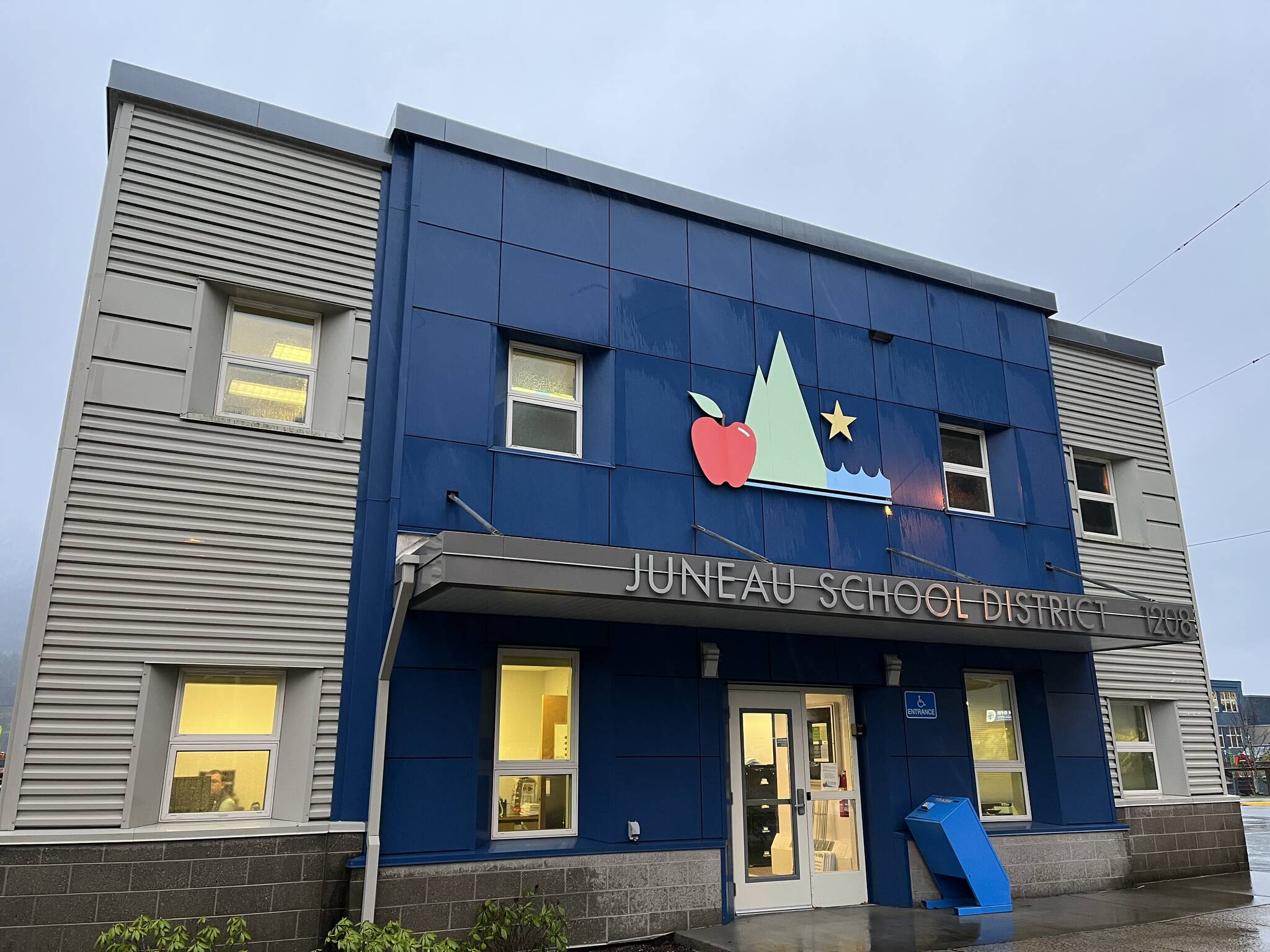The Juneau School District has run up a deficit of $3.2 million over the past several years amid flat funding from the state and has until the end of June to offset recent overspending identified in an audit.
Assembly members on Wednesday were presented with an overview of a recent audit of the Juneau School District, which showed in the past fiscal year the district spent an operating fund deficit of over $620,000 while failing to adhere to district policies that could have lessened the total, and overall, the school has a total deficit of nearly $3.2 million.
[Audit shows ‘deeply concerning’ deficit for school district]
As explained by Karen Tarver, certified public accountant/partner with Elgee Rehfeld, the independent third-party auditor, the school district will need to figure out a way to replenish its recently discovered $620,000 operating fund deficit and balance its budget before the next budgeting cycle starting June 30, 2023, which is when each school in the state must submit its operating fund budget to the Alaska Department of Education and Early Development for approval, which requires a balanced budget.
“Obviously, it’s a huge financial challenge to this school board and management,” Tarver said.
The school’s operating fund is what accounts for all school financial resources that aren’t required to go toward specific purposes, meaning it pays for general district costs like paying teachers, student support services and student activities.
“The operating fund is the true fund where the school and board have budgetary control over,” Tarver said. “While they didn’t overspend their budgeted expenditure total, the district overspent their available resources while their revenues came in less than expected and they continue to spend at the budgeted level.”
Tarver pointed out that the school’s total unassigned deficit is nearly $3.2 million, which includes a major deficit in the district’s student transportation fund with a negative balance of $800,853. She explained that the student transportation deficit is due largely in part to flat funding from the state and its deficit has accumulated losses over the past years.
Tarver said while the operating fund deficit is pressing, she urged the Assembly to also place focus on the overall deficit as she said it will probably take several budget cycles to address it.
“They’re all important,” she said.
The district also is in a $63,000 deficit in total governmental funds that needs to be recovered by the city.
According to the CBJ Charter, the district pulls funding from the CBJ Treasury, which means the deficit causes the district to essentially “borrow” money from the treasury which is pulled from other city funds to accommodate the negative balance.
To correct the deficit, the district will have to adjust its upcoming budget to “repay” the overspending.
Jeff Rogers, CBJ finance director, said there are essentially two options for the school district to replenish its operating fund deficit in order to balance its budget ahead of the coming budget cycle. The district can seek grants which could offset expenditures, or it needs to cut costs.
“There’s no easy way out of this,” he said. “They either need more money or less spending to get to that point. There’s really no way out without those two.”
Multiple Assembly members asked if and or what actions the Assembly can take in an effort to potentially help the school district, to which Rogers and Tarver said there isn’t a clear-cut path to do so as the city has already allocated to the cap of the funding it can appropriate to the district each cycle.
“There’s no way for the assembly to appropriate $620,000 in funds even if that was a desire,” he said.
He also noted though technically the Assembly has the ability to fund more than the cap, he didn’t think it wouldn’t be much help because, in turn, it would reduce the amount given to the district by the state.
During the discussion, Tarver also noted Juneau isn’t alone in its financial struggle as a school district and said similar situations are happening statewide, specifically, she pointed out that the Anchorage School Districts’ deficit is bigger than the entire Juneau School District’s budget as a whole.
“I don’t this is something that can be fully attributed to mismanagement,” said Assembly member Carole Triem. “The state is not funding education as it should be.”
Assembly member Michelle Bonnet Hale agreed, and said it’s a “terrible situation” statewide and said the flat funding from the state is essentially “holding communities hostage.”
“We are at the end of many years of the state not changing its funding formula to pay for education the way it should,” she said.
At the end of the nearly hour-long discussion, Tarver said she was not aware of any actions that the school board has taken or shared about a plan to address the deficit, but said if it’s not fixed, at some point it will impact the city even more so than it is now.
“It will have a direct impact on the city,” she said.
• Contact reporter Clarise Larson at clarise.larson@juneauempire.com or (651)-528-1807. Follow her on Twitter at @clariselarson.

